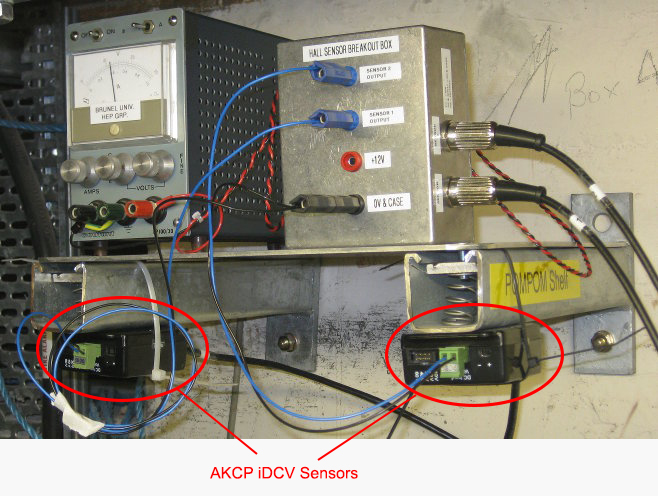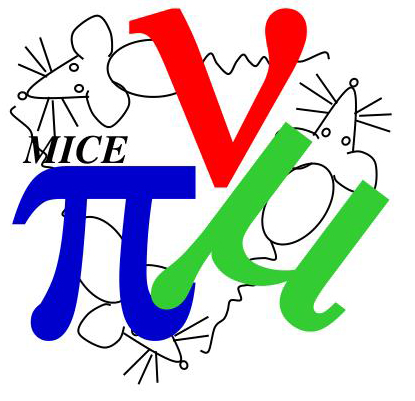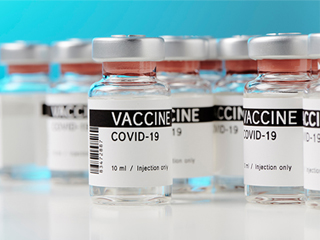Muon Ionization Cooling Experiment
The Muon Ionization Cooling Experiment (MICE) is being implemented at the Rutherford Appleton Laboratory in the UK.
MICE is designed to demonstrate the ionization cooling of Muon particles. If successful the cooling channel may be used for a future Muon Collider or Neutrino Factory. Until now, a reliable high energy MUON beam has not been delivered. MICE aims to produce such a beam through ionization cooling. This has been proposed to increase MUON beam brightness.


The system involves a beamline of Muons. The Muons can be either positively or negatively charged. The charge type is manually configurable, by physically swapping the input leads. This could be prone to human error, and so a system was needed to monitor the correct polarity. A Hall Effect Sensor from Honeywell was deployed to check the polarity. The Honeywell sensor is interfaced to an AKCP securityProbe 5E and iDCV00 digital voltmeter.
Centralized monitoring of the Muon Ionization Cooling Experiment is through the EPICS based system. EPICS is the Experimental Physics and Industrial Control system. A set of open source tools and libraries for use with particle accelerators, telescopes and other scientific equipment.
What is a Muon?
A Muon is an elementary, subatomic particle. It has an electronic charge of -1 and a spin of 1/2. It has an antiparticle of the opposite charge and spin, but equivalent mass. It is known as an antimuon, or positive muon. The symbol that denotes the Muon particle is μ- and μ+ for an anitmuon. They are unstable particles, with a mean lifetime of 2.2μs. This is, however, much longer than many other subatomic particles.
For more information on Muon Ionization Cooling Experiment see the following resources
https://www.nature.com/articles/s41586-020-1958-9



